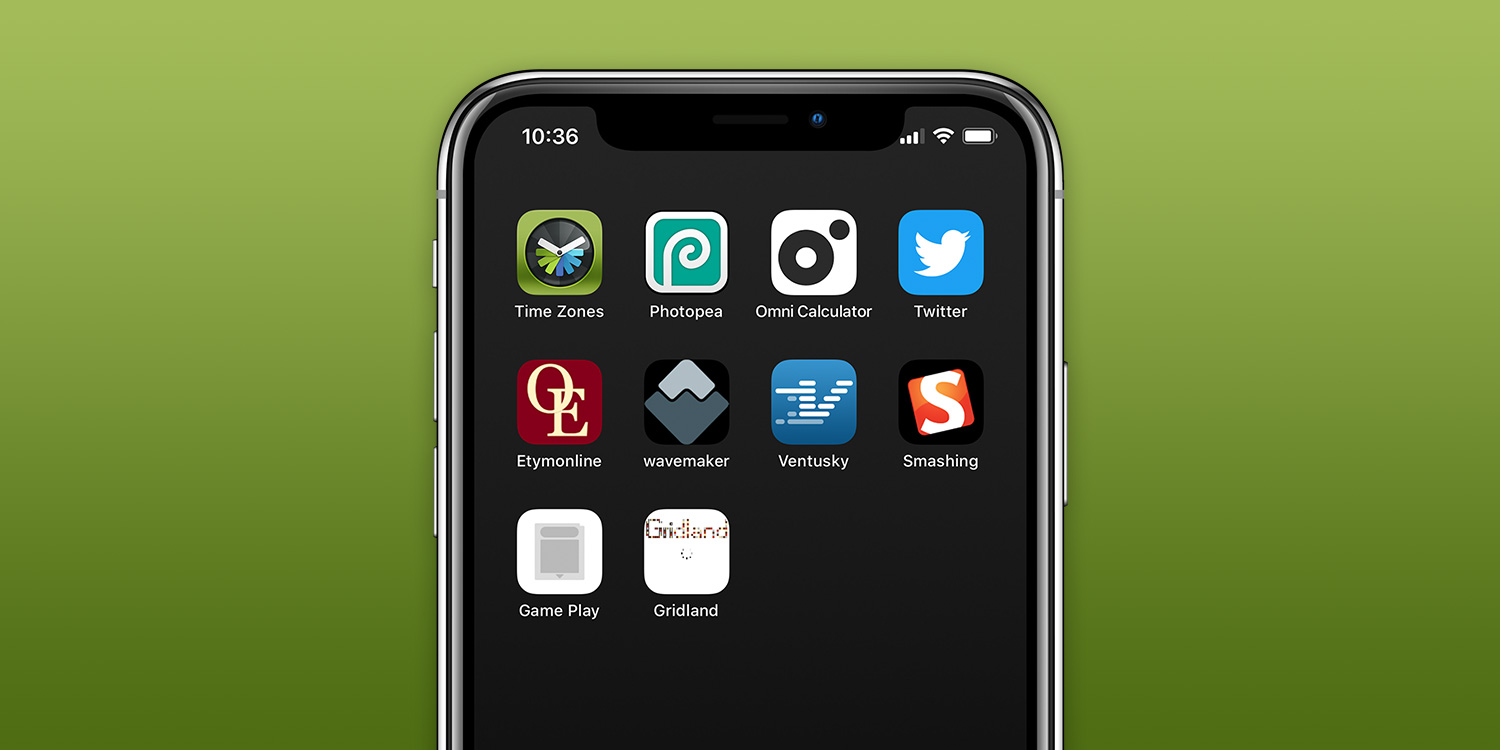The cream of modern web apps can hold their own against the best of the App Store
It’s strange to think the iPhone arrived without the App Store. Initially, you were stuck with the apps Apple gave you. Extensibility arrived with the first major iOS update, which let you save ‘web clips’ to your Home Screen. These shortcuts to Safari enabled you to quickly get at specific additional functionality, and the user experience could be surprisingly sophisticated.
In July 2008, the App Store arrived, and web clips faded away in the minds of iPhone users. But over the following decade-and-a-bit, web technology evolved. Today’s best Progressive Web Apps work, look and feel a lot like native iPhone apps, never need updating, and provide functionality that neatly augments what you find on the App Store. This feature lists our ten favorites.
How to install Progressive Web Apps on your iPhone
The process for saving a web app shortcut to a Home Screen is simple.
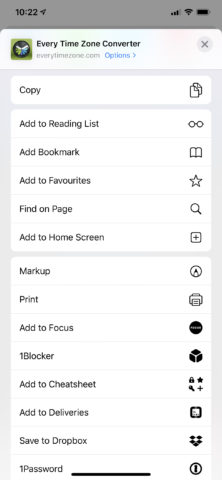
Visit the app’s website in Safari, and tap the share button. From the list of options, select Add to Home Screen.

In the sheet that appears, the majority of sites will provide a custom icon and title for your new web app shortcut. You can tap the name field to adjust its content if the default is too long or you’d prefer the shortcut to be called something different.
Tap Add and the web app will be placed on your Home Screen, whereupon it can then be managed like any other app. Note that when opened, the web apps in this article selection behave like native apps, launching as standalone entities rather than in a new Safari tab. Be aware if the app/service requires a login, you’ll need to sign into the web app, even if you’ve previously signed into it in Safari.
Every Time Zone
When friends, family and colleagues are dotted around the world, it’s useful to know when’s a mutually convenient time to call. With Every Time Zone, you get a sleek interface that lists a number of time zones, and can drag a slider to see how times — and even days — elsewhere compare to your local time. Sign into a Google account and you can customize what’s shown, thereby streamlining the app to display only those time zones that are important to you. It’s sleek, simple and usable.

Photopea
If we were awarding marks for ambition, Photopea would win all the prizes. This web app is a full-fledged Photoshop-style editor you can use to create complex multi-layered documents or edit existing PSD, Sketch and RAW files. It even works well on iPhone, which currently lacks a native Photoshop app. There’s a paid tier — which at $10 for three months seems expensive compared to Affinity Photo ($20/£20) on iPad. But put up with the odd ad and you can use the full feature set for free — indefinitely.
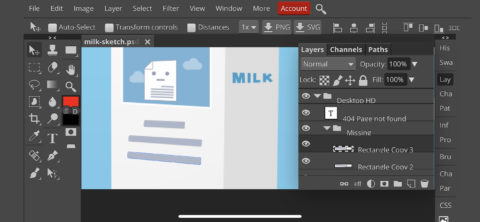
Omni Calculator
It’s not like the App Store lacks conversion utilities, but this web app is different. It rethinks conversions in a human manner, with a slew of calculators for a wide range of topics, including physics (‘Gravitational Force Calculator’) and ecology (‘Meat Footprint Calculator’). The multi-line calculators are simple to use, clearly presented, and — importantly — provide insight into key areas of your life. (When it comes down to it, after all, the entire universe speaks in numbers!)

Hang on, you might think, there’s a perfectly good Twitter app on the App Store, so why try the web app? One reason is when you use multiple accounts. Sure, the native Twitter app does let you switch between several accounts, but switching between an app and a web app is faster. Alternatively, you could set the web app to permanently use the ‘data saver’ setting, which makes everything zippy and ensures you don’t eat into your data allocation when using Twitter on a cellular connection.
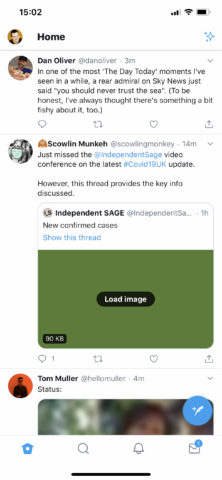
Etymonline
Behind every word is a story. If you’re interested in where words came from, rather than just how they’re spelled, Etymonline is a must-have. Going beyond the basic one-line word origins found in typical dictionaries, you get a fuller grounding in a word’s origins, along with handy links to related entries. There is an iOS app, but the web app offers a smoother, smarter experience — and one that’s not packed full of ads.
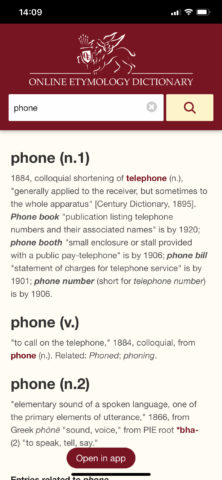
Wavemaker
It’s not often a web app has video guides, but Wavemaker is not a typical web app. It’s designed for writing novels — even on a phone — and gives you a wealth of tools, including a planning board, mind-mapping, and a challenge mode for speed-writing without editing. The closest App Store equivalent we can think of is Scrivener ($20/£20), and Wavemaker is similarly impressive. That it’s also free is astonishing, although do donate a few bucks on Patreon if you use it often.
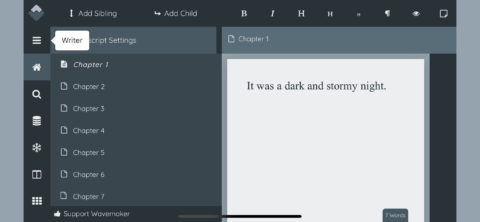
Ventusky
Prettier even than Dark Sky, Ventusky is a weather app that visualizes the weather. On launch, you’ll see particle-like lines illustrating wind data. An additional layer defaults to temperature, but can be switched to the likes of precipitation or air quality. The native Ventusky app ($3/£3) is sleeker and has more features. But with Dark Sky’s web app soon to vanish, we felt it appropriate to sing the praises of Ventusky making beautiful, usable, reliable weather forecasting accessible to all.

Smashing Magazine
Suitably, given that it’s all about making websites and web apps, Smashing Magazine is a first-rate example of a native-style web app. Within, you can delve into guides and articles about interface design, coding, and more. Even if that’s not your thing, it’s worth a look to temporarily bathe in its swish and vibrant design. Fancy more wide-ranging news? Then try Flipboard, which in web app form tends to be faster than its App Store equivalent.

Gridland
Flash was for a long time the technology of choice for browser games — and it never worked on iPhone. Increasingly, though, games utilize native browser technology, and Gridland takes things further in being a full-fledged native-style web app. The game itself is a nuanced take on a Bejeweled-oriented gem-swapper, with added depth from resource management and a strategic night mode where you battle all manner of horrors. Sequel Super Gridland ($2/£2) made it to the App Store, but the original is arguably the better game.
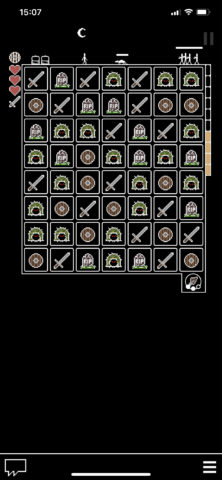
Game Play Color
Our final choice is something you’ll never see on the App Store: a Game Boy Color emulator. Apple doesn’t allow open emulators on the App Store, and Nintendo doesn’t seem keen on bringing its classic games to iPhone. Game Boy Color, though, provides authentic old-school gaming — even if virtual on-screen buttons can’t match the real thing and the set-up is clunky. Still, if your 1990s handhelds long ago gave up the ghost, this is a great way to relive mobile gaming’s past on a device at the bleeding edge of mobile’s present.
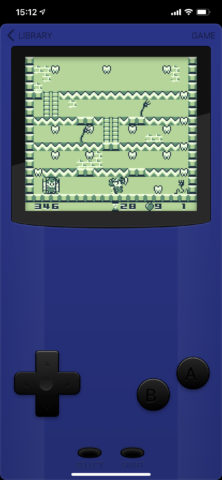
Depicted above: legal homebrew Game Boy title A Fairy Without Wings.
